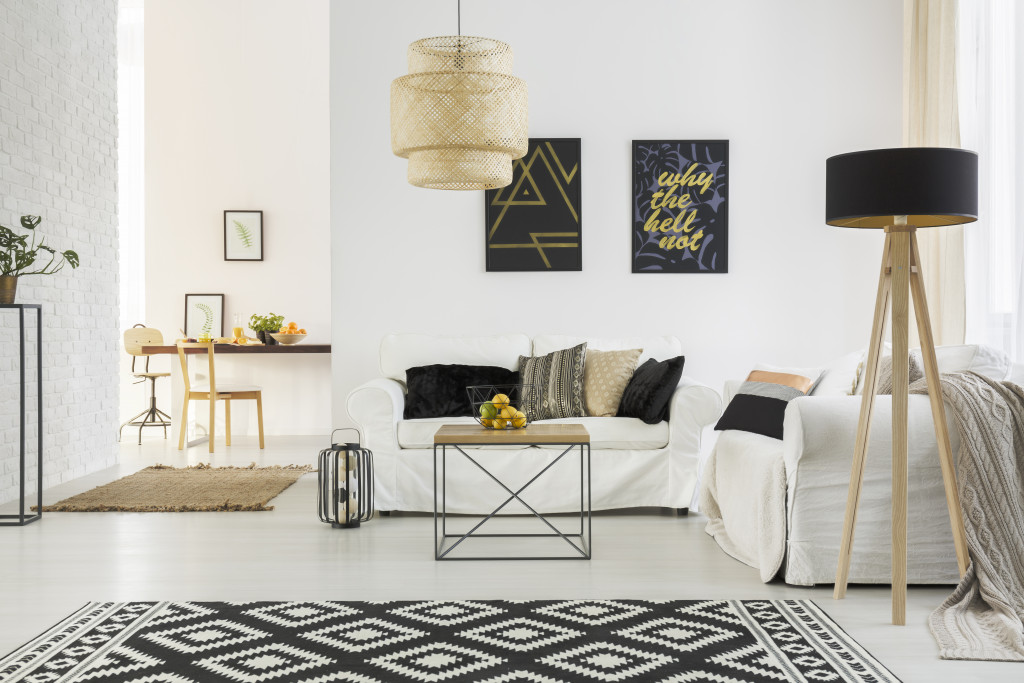- Visual continuity in interior design creates a seamless, unified living space, enhancing comfort and sophistication.
- Open floor plans, typical color palettes, and strategic furniture placement are crucial to achieving visual continuity.
- Effective use of lighting and accessories, alongside interior design, fosters a harmonious and inviting atmosphere.
- Technological advancements, such as smart home automation systems, significantly aid in maintaining visual continuity.
In the world of interior design, visual continuity has gained immense popularity in recent years. It refers to the seamless transitions between different areas of a living space, creating a cohesive and harmonious feel. Visual continuity is all about integrating various elements of a room or a home, including color, texture, pattern, form, and shape. The result is a space that feels effortless, comforting, and sophisticated. This blog will explore how visual continuity is redefining modern living spaces and how you can incorporate it into your own home.
Open Floor Plans
One of the key features of visual continuity is open floor plans. This design style eliminates walls and doors, creating a seamless flow between different areas of a home.
This allows for easy movement and access to various spaces, making the home feel more spacious and inviting. Open floor plans are trendy in modern homes where families and friends tend to gather in communal areas, such as the kitchen, living room, and dining room.
To create visual continuity in an open floor plan, you need to pay close attention to the color scheme and furniture placement. If possible, try to use the same type of flooring throughout your home for a unified look.

Interior Design
Investing in interior design is a great way to create visual continuity. A professional designer will be able to evaluate the different spaces and help you find ways to bring them together. Here are some factors to consider for an efficient interior design:
Color Palette
The color palette is another critical factor in creating visual continuity in a living space. Choosing a cohesive color scheme ensures that every area of the home feels connected and unified. You can achieve visual continuity by selecting colors that either blend seamlessly or complement each other. It’s also essential to incorporate texture and patterns to add depth and interest to the color scheme. Consider using accent walls, area rugs, throw pillows, and curtains to create a cohesive color palette throughout the home.
Lighting
Lighting can make a significant difference in how a home looks and feels, and it’s a crucial aspect of visual continuity. Consider incorporating both natural and artificial lighting to achieve the perfect ambiance throughout the day. Besides a traditional lighting system, you can also use innovative lighting solutions such as table lamps, floor lamps, and wall sconces to create visual continuity in various areas of the home.
Furniture
Furniture placement plays a vital role in creating a cohesive and harmonious living space. You can achieve visual continuity by arranging furniture pieces in a way that allows them to complement each other. For example, you can group furniture items by color, style, or function. This approach ensures that every area of the home feels connected and unified, creating a comfortable and inviting space.
Accessories
Finally, accessories are an excellent way to add visual continuity to a living space. Accessories can include anything from artwork to vases to photo frames. They are a great way to bring personality and style to an area. You can achieve visual continuity with accessories by selecting items that either blend seamlessly or complement each other. They should also match the overall color scheme and style of the home.

Technology
In recent years, advances in technology have made it easier than ever to create visual continuity. Smart home automation systems allow you to control your entire home from one device or app.
You can adjust the lighting, temperature, and sound levels of each room with just a few taps on your phone. This makes it possible to create an inviting atmosphere throughout the day, no matter which area of the house you’re in.
Furthermore, smart home assistants can help you take visual continuity to the next level. You can ask them to play music, podcasts, and even movies in any room of your home. This allows you to create a unified atmosphere and bring people together for an enjoyable experience.
Visual continuity is a design style that has gained immense popularity in recent years, and it’s easy to see why. It creates a cohesive and harmonious living space that feels effortless, comforting, and sophisticated. In this blog, we explored how visual continuity is redefining modern living spaces and how you can incorporate it into your own home. By applying the tips outlined in this blog, you can achieve a beautiful and functional space that reflects your unique personality and style.

